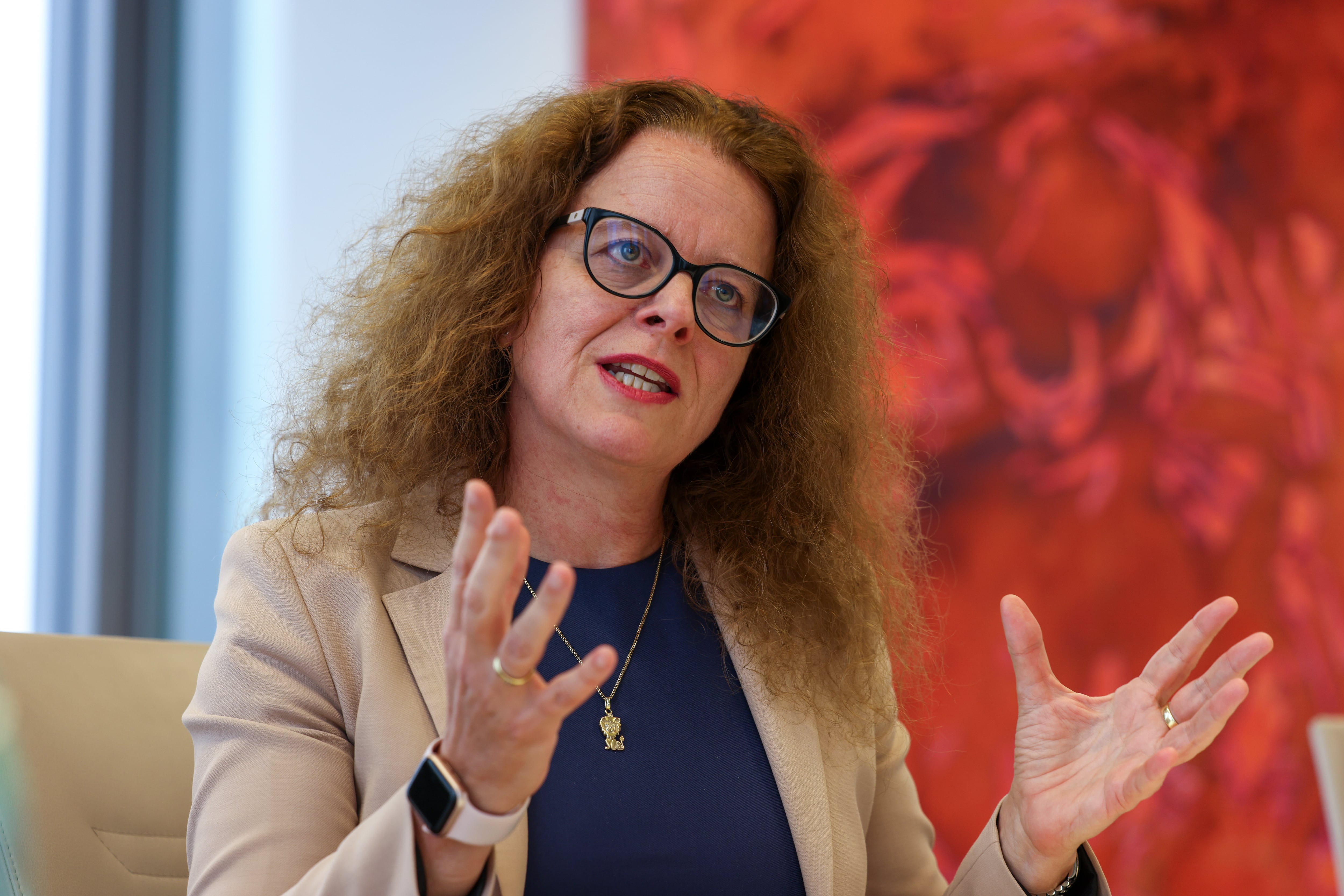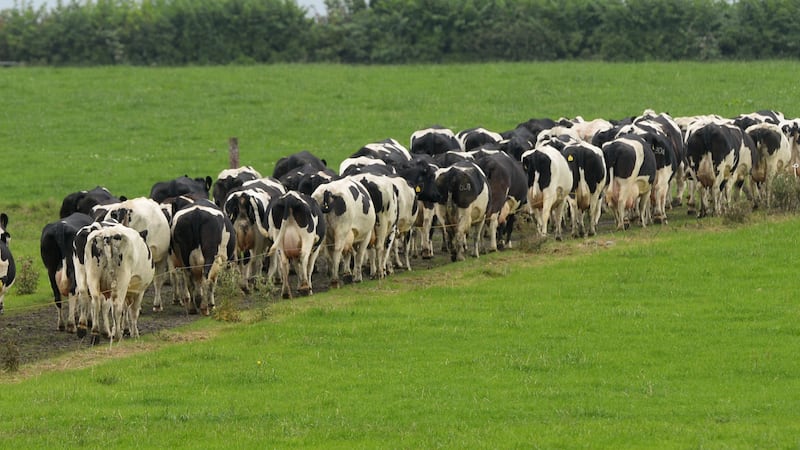The intentions of the European Central Bank (ECB) have generally been clearly flagged ahead of recent meetings of its governing council. Nobody has beens left in any doubt that interest rates would rise, even if in some cases the scale of the rise was uncertain. But this time it’s different. Opinion is divided in financial markets about whether the central bank will announce its tenth interest rate rise since last summer on Thursday, or leave interest rates where they are.
Why has there not been clearer signalling this time? While the ECB’s governing council members – including the governors of national central banks and some senior executives – have clearly prepared the way before previous meetings, this time the mood music is mixed. This suggests that there is some division on the council, with a group of so-called hawks, including governors from Germany, the Netherlands, Austria and the Baltic states pushing for another increase, but others unsure, or opposing a rise.
Reuters has reported that the ECB’s new inflation forecast – being presented to its council on Wednesday – predicts that the rate will average above 3 per cent next year, which is higher than expected. This is likely to be used by those arguing for another increase, with higher rates used to combat price growth.
There are two things to watch from the meeting. One is the obvious – is there another increase? If there is, it will almost certainly be a quarter point rise. This would bring the total hike over the past year to 4.5 points, the fastest pace of increase in the ECB’s history. The second is what the ECB president, Christine Lagarde, says after the meeting. One option touted by some analysts is a “hawkish pause”, where the ECB holds rates steady but hints that it may move again in October, depending on growth and inflation data. Lagarde could also try to underpin its inflation-fighting credentials by indicating that interest rates will stay high for a prolonged period – the “high for longer” strategy.
RM Block

Budget 2024: 'You might have a bit of a bonanza in terms of one-off spending'
The dilemma for the ECB is that it is possible to make an argument either for increasing or staying put. Inflation, at 5.3 per cent in August, remains well above the ECB’s 2 per cent target level and recent increases in oil prices are a concern. Having been late to the party, increasing rates after other major central banks, the ECB will not want to be seen to stop too early. And so, another increase is possible.
However, recent economic growth indicators for the euro zone have been poor, particularly in the manufacturing sector, and the European Commission cut its GDP growth forecast for this year from 1.1 per cent to 0.8 per cent, with Germany in a downturn. The ECB’s medicine, in other words, is working – growth is slowing, demand is weakening and this will reduce inflationary pressure. The argument for leaving interest rates as they are is that if the ECB goes too far, it risks being blamed for contributing to a euro zone recession, or a period of little or no growth.
The wider picture for borrowers who have been hit hard by the rises, is that interest rates now look to be at, or approaching their peak. If the ECB does increase now – or in October – there is a strong chance that this will be the top of the cycle. When interest rates might fall will then be hard to predict. For now, Lagarde will only say that they will stay high for as long as needed – and hint that this will be quite some time. Financial market interest rates imply an expectation that the ECB will start to cut interest rates in the summer of 2024, although we have seen before how the market view can change very quickly. Whether interest rates rise on Thursday or not, the message from Lagarde will be that the fight against inflation has not yet been won.



















